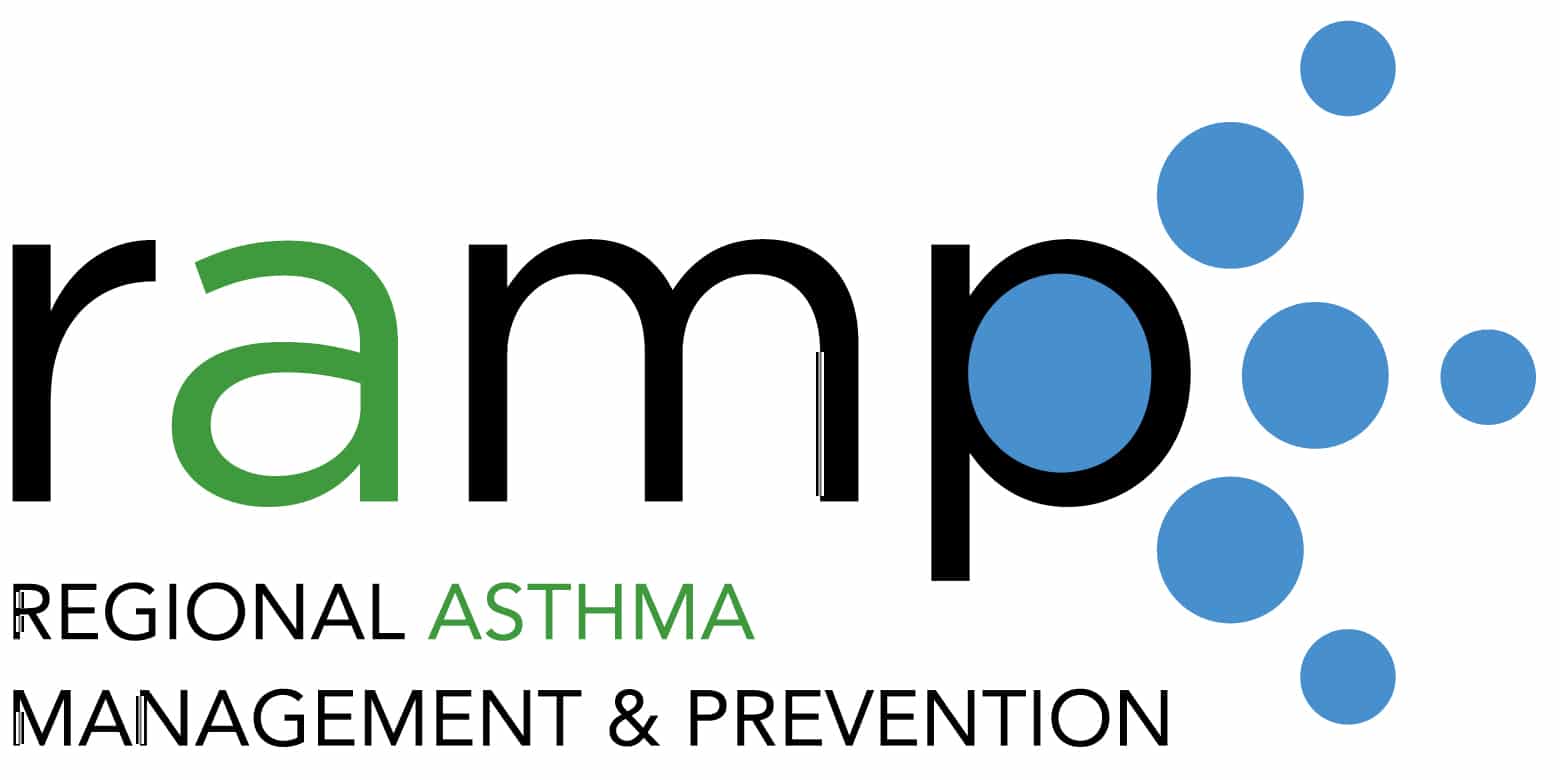On July 6th, authors Lidia Morawska and Donald K. Milton published, “It is Time to Address Airborne Transmission of COVID-19.”
Signed by 239 scientists, the stated purpose of the publication is: “We appeal to the medical community and to the relevant national and international bodies to recognize the potential for airborne spread of COVID-19. There is significant potential for inhalation exposure to viruses in microscopic respiratory droplets (microdroplets) at short to medium distances (up to several meters, or room scale), and we are advocating for the use of preventive measures to mitigate this route of airborne transmission.” The authors explain that multiple studies have demonstrated that viruses are released during exhalation, talking, and coughing in microdroplets small enough to remain aloft in air and pose a risk of exposure at distances beyond 1 to 2 m from an infected individual. This poses the risk that people sharing environments can potentially inhale these viruses, resulting in infection and disease. This problem is especially acute in indoor or enclosed environments, particularly those that are crowded and have inadequate ventilation relative to the number of occupants and extended exposure periods.
The authors recommend that, in addition to the current public health measures recommended, it is important to:
- Provide sufficient and effective ventilation (supply clean outdoor air, minimize recirculating air) particularly in public buildings, workplace environments, schools, hospitals, and aged care homes.
- Supplement general ventilation with airborne infection controls such as local exhaust, high efficiency air filtration, and germicidal ultraviolet lights.
- Avoid overcrowding, particularly in public transport and public buildings.
The main purpose of the publication was to ask the World Health Organization to acknowledge the role of aerosol transmission in the spread of COVID-19. Following this publication, the World Health Organization released a brief in which they maintain that the virus is mostly spread through close contact with infected people but call for more research into the matter of transmission by aerosolized particles. While the relevance of this exchange is not directly tied to asthma, it has direct impacts on policies and practices related to indoor air quality, which do have a direct impact on asthma.

